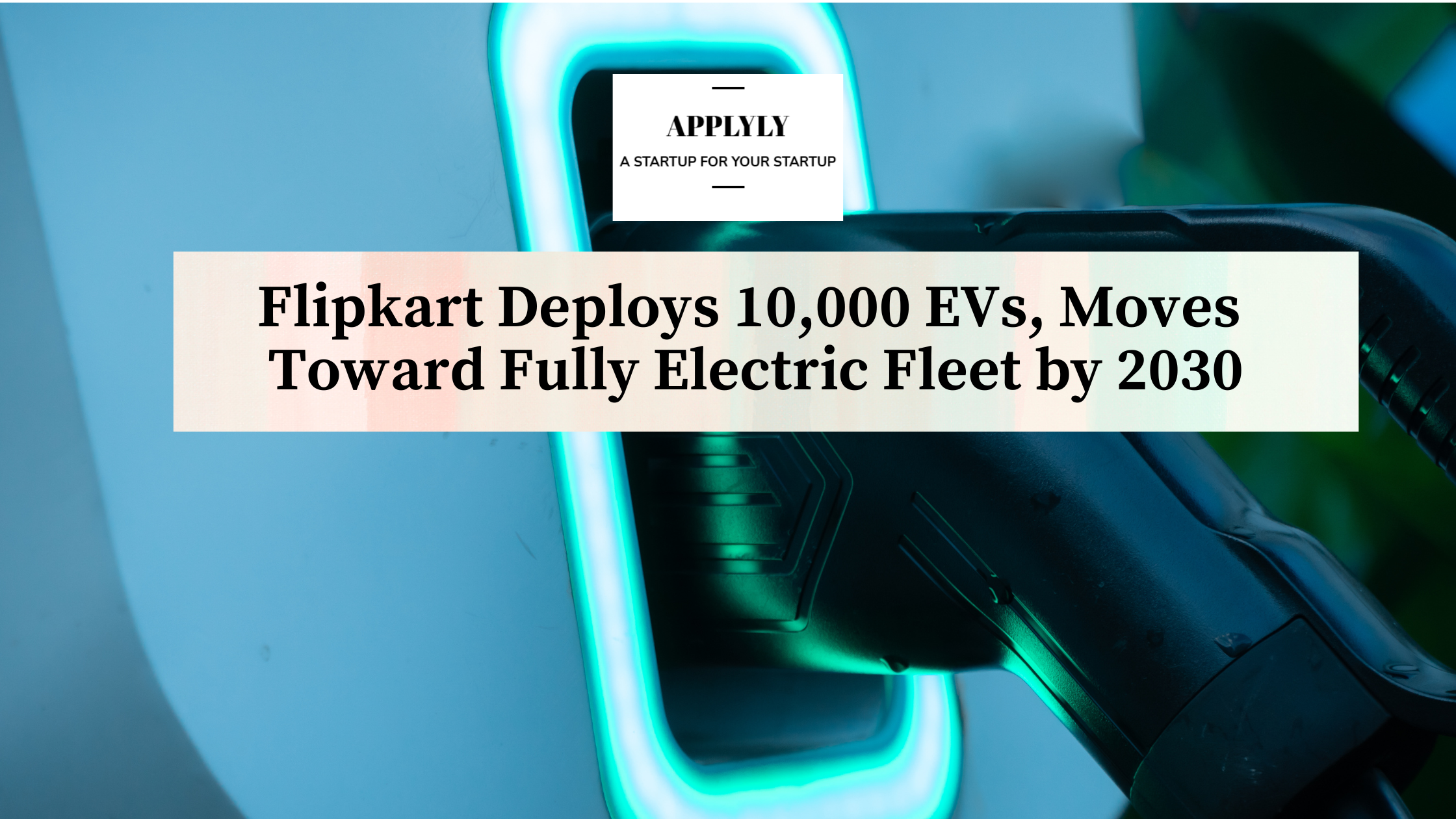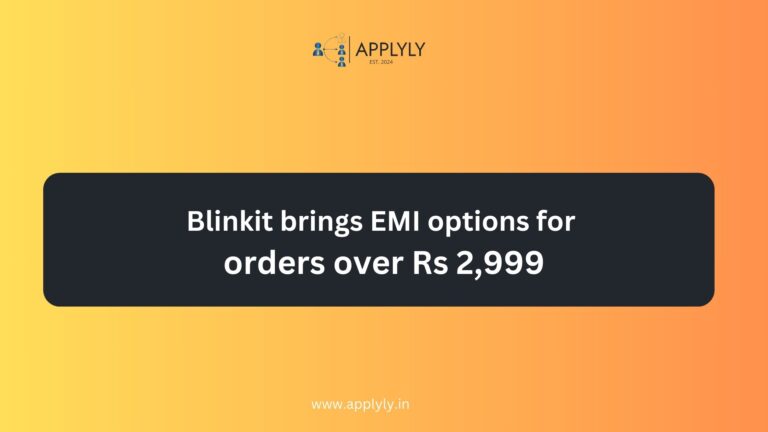Flipkart Deploys 10,000 EVs, Moves Toward Fully Electric Fleet by 2030
Flipkart Deploys EVs. This is a move towards Fully Electric Fleet by 2030. To cater for the delivery needs, Flipkart has ordered over 10,000 electric vehicles as part of the delivery channel. This accomplishment can be regarded as a major step for the e-commerce firm regarding its vision of green logistics.
The target is not in doubt: to transition to an entirely electric carrier base by the year 2030.
The company electric cars are available in the main urban areas such as Delhi, Bengaluru, Hyderabad and Chennai. Up to 75% of these electric vehicles exist within those areas to address the increasing demand for deliveries.
Apart from reducing pollution, Flipkart has also reduced the nature of delivery expenses with the shift to EVs. Deliveries are now 20% faster than typical diesel cars while performing the same task.
Why Flipkart Deploys EVs
Flipkart’s move to electric vehicles serves two purposes.
- First, it saves on fuel and reduces delivery costs.
- Second, it also helps towards a more clean and green planet. The use of electric vehicles (EVs) for last-mile delivery is a great advantage for Flipkart and sets the standard high for e-commerce companies in India.
This transition is part of Flipkart’s commitment to the EV100 initiative, a business group dedicated to electrifying corporate mobility.
EVs also handled a big part of Flipkart’s deliveries during the 2024 festive season. These electric vehicles delivered more than 16% of grocery orders, especially in smaller cities like Lucknow, Sonipat, and Vizag.
Building EV Charging Stations
Adding EVs to the fleet also means building a strong support system for them. Flipkart partnered with the Adani Group to set up charging stations across key cities. This partnership has created 38 new charging locations with 190 charging points across several Tier-II cities.
These stations serve Flipkart’s EV fleet and can also be used by the public, encouraging more EV use in these areas.
To scale its EV plan, Flipkart introduced a Last-Mile Aggregator model in states like Karnataka and Tamil Nadu. This model allows local fleet operators to use EVs for deliveries.
The new setup not only supports more deliveries but also creates jobs in these areas. Flipkart’s efforts include working with local operators, fleet owners, and other groups who want to adopt EVs. The idea is simple: more people, more EVs, and more deliveries.
Leaders on Flipkart’s EV Shift
Leaders at Flipkart call this a win for both business and the environment. Senior Vice President Hemant Badri pointed out that the EV shift isn’t just about moving goods faster but is a major green initiative for the company. Flipkart Deploys 10,000 EVs and each EV used in deliveries means lower fuel costs, reduced emissions, and faster delivery times, creating a win-win situation.
These partnerships help build and maintain the EV fleet, making it easier for Flipkart to achieve its green goals. Gupta noted that each EV in the fleet is a step closer to a greener, more sustainable future.
Flipkart’s Green Road Ahead
Flipkart Deploys 10,000 EVs. This journey toward a green future is about more than just deliveries, it’s about setting a standard. With each step, Flipkart’s example grows clearer for others in the market.
Will other companies follow the path of the startup to a green fleet? This is a question that could shape the future of India’s delivery services.
Thanks






One Comment